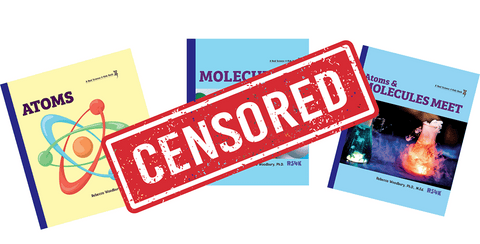As a parent educator, you want to help your student not only succeed academically but truly understand and retain what they learn. Traditional testing, where students review material and take a formal test at the end of a unit, can often fall short in promoting long-term retention and deep comprehension. Enter self-testing—a powerful, student-centered strategy that helps learners actively engage with material, identify areas for improvement, and build confidence in their knowledge.
What Is Self-Testing?
Self-testing is when students regularly quiz themselves as they learn. Instead of passively reviewing notes or textbooks, they actively retrieve information from memory. This process strengthens their understanding of the material, much more effectively than traditional methods like rereading or cramming.
Why Self-Testing Works
-
Active Learning vs. Passive Learning
Traditional testing often involves last-minute review, which may help for short-term recall but does little for long-term retention.
Self-testing, on the other hand, leverages active recall, a process where the brain retrieves information, making it easier to recall later. -
Spaced Repetition Builds Memory
While traditional tests are often a one-time event, self-testing involves spaced repetition—reviewing material at increasing intervals. This technique helps knowledge stick, reducing the likelihood of forgetting over time. -
Immediate Feedback
Self-testing allows your student to immediately identify gaps in their understanding. This feedback loop ensures they focus on areas that need the most attention, something traditional testing doesn’t typically allow. -
Boosts Confidence, Reduces Test Anxiety
Unlike traditional testing, which can feel stressful and high-stakes, self-testing is a low-pressure practice that gradually builds your student’s confidence.
How Self-Testing Differs From Traditional Testing
| Feature | Traditional Testing | Self-Testing |
|---|---|---|
| Timing | Occurs at the end of a learning unit | Happens regularly throughout the learning process |
| Purpose | Evaluates final knowledge | Actively improves knowledge |
| Feedback | Limited feedback after grading | Immediate feedback for improvement |
| Emotional Impact | Can cause stress and anxiety | Builds confidence in a low-pressure setting |
| Retention | Short-term retention; prone to forgetting | Long-term retention through active recall |
How You Can Use Self-Testing as a Parent Educator
- Incorporate Flashcards: Create flashcards with your student for quick and fun review sessions. You can even use apps like Quizlet for digital options.
- Create Practice Quizzes: Write simple quizzes based on what your student is learning. Encourage them to quiz themselves after every study session.
- Use Spaced Repetition: Schedule review sessions over days or weeks to reinforce concepts. For example, revisit flashcards a day after learning, then three days later, and so on.
- Make It Collaborative: Engage in informal quizzes or trivia-style games with your student to make learning interactive and enjoyable.
- Teach Concepts to You: Ask your student to explain what they’ve learned to you. This “teach-back” method is a form of self-testing that highlights gaps and strengthens understanding.
Helping Your Student Thrive
Self-testing isn’t just about preparing for the next exam—it’s about empowering your student to take charge of their learning. By practicing this method consistently, your student will retain more, build confidence, and develop the metacognitive skills they need to succeed in any subject. Say goodbye to the stress of traditional testing and hello to a smarter, more effective way of learning





Comments (0)
There are no comments for this article. Be the first one to leave a message!